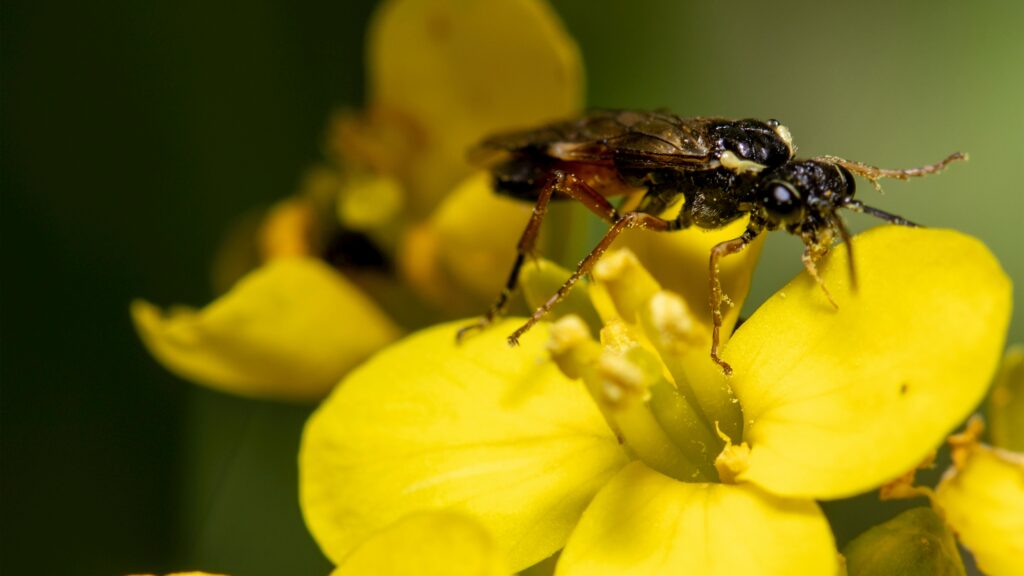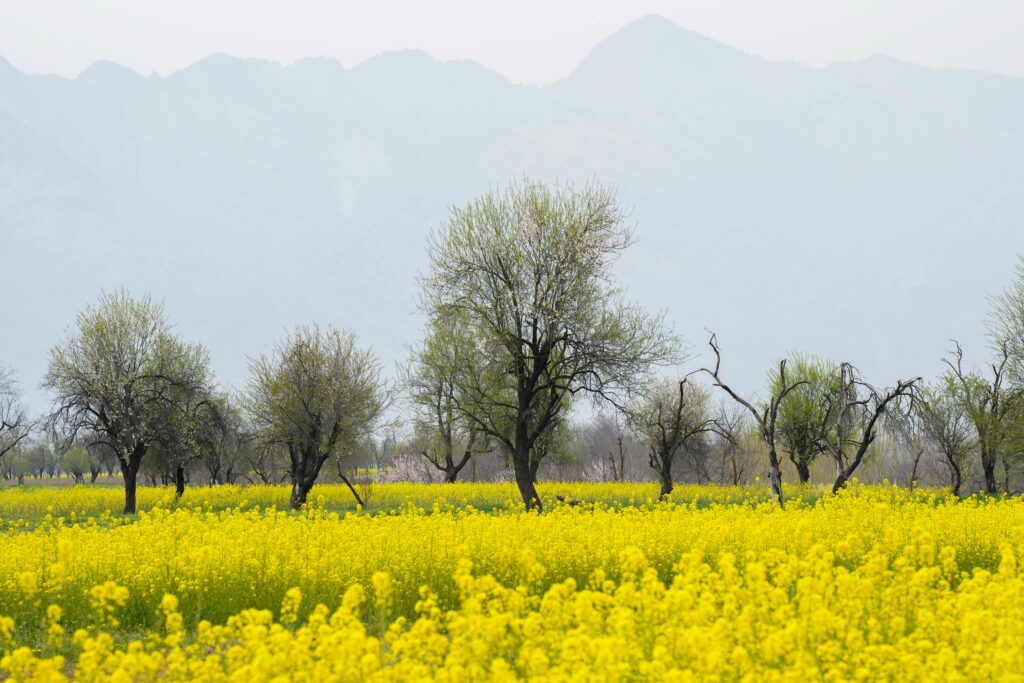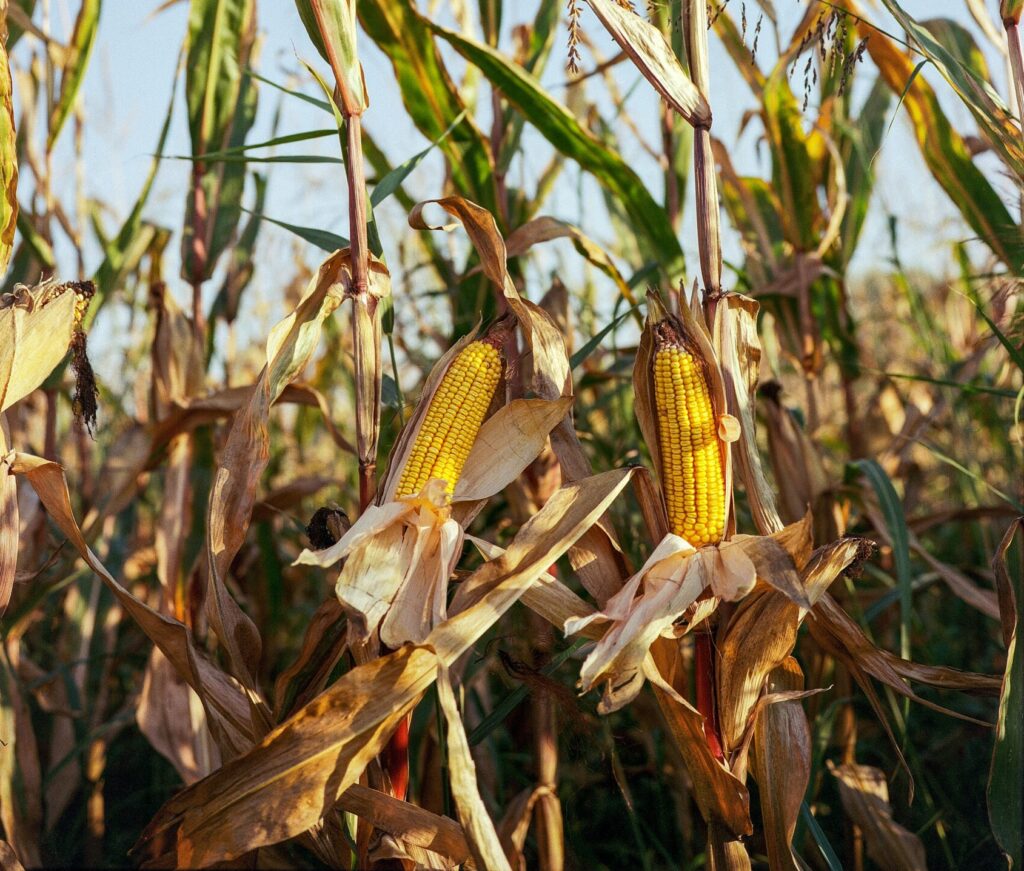Growing fruit trees in your backyard is a rewarding way to enjoy fresh, homegrown produce. Whether you’re a beginner or experienced gardener, this guide will help you grow healthy, productive fruit trees.
The Right Fruit Tree
- Climate Compatibility: Select fruit trees that thrive in your region’s climate. For example, apples and cherries do well in cooler areas, while citrus and peaches prefer warmer climates.
- Tree Size: Consider dwarf or semi-dwarf varieties if you have limited space. These smaller trees produce ample fruit but take up less room.
- Pollination: Some trees, like peaches, are self-pollinating. Others, such as apples, need a second tree for pollination.
Selecting the Best Location
- Sunlight: Fruit trees need 6-8 hours of direct sunlight daily.
- Soil: Ensure well-draining soil, ideally with a pH of 6.0-7.0. Poor drainage can lead to root rot.
- Spacing: Leave enough room for the tree to grow. Dwarf trees need 8-10 feet, while standard trees may require up to 20 feet of space.
Planting Your Tree
- When to Plant: The best times to plant are in spring or fall, avoiding extreme heat or cold.
- Planting Steps:
- Dig a hole twice as wide as the root ball.
- Position the tree with the root crown (where the roots meet the trunk) level with the soil surface.
- Fill the hole, tamp the soil gently, and water deeply.
Watering and Mulching
- Watering: After planting, water deeply. Continue regular watering, especially during dry spells.
- Mulching: Apply a 2-3 inch layer of organic mulch around the base of the tree, but keep it a few inches away from the trunk to prevent rot.
Fertilizing for Growth
- Fertilizer Type: Use a balanced fertilizer, like 10-10-10, or organic compost to boost growth.
- Fertilizing Schedule: Fertilize in early spring and mid-summer, avoiding over-fertilization, which can lead to excess foliage and reduce fruit production.
Pruning for Healthier Growth
- Why Prune: Pruning removes dead or diseased branches and encourages sunlight and air circulation, promoting healthier trees and better fruit production.
- When to Prune: Prune during the dormant season (late winter). Remove weak or crossing branches to create a strong structure.
Managing Pests and Diseases
- Pest Control: Watch for common pests like aphids or scale insects. Use organic insecticides or introduce beneficial insects like ladybugs.
- Disease Prevention: Prevent diseases like powdery mildew or root rot by keeping the area clean and ensuring proper watering.
Harvesting Your Fruit
- Ripening Time: Each fruit tree has a unique harvest time. Research your tree variety for accurate timing.
- How to Harvest: Gently twist the fruit off when it’s ripe, but before it falls naturally. This ensures optimal flavor and texture.
Long-Term Care
- Mature Tree Maintenance: Once established, trees require less frequent watering but should still be watered during dry periods.
- Annual Pruning and Fertilizing: Continue with yearly maintenance to promote growth and fruit production.
Different Types Of Backyard Fruits Trees:
Figs: Great for container growing in small spaces.
Apples: Adaptable to many climates.
Peaches: Perfect for warm regions, self-pollinating.
Pears: Thrive in cool areas, require a pollinator.
Citrus (Lemons, Oranges): Ideal for frost-free, warmer climates.
















